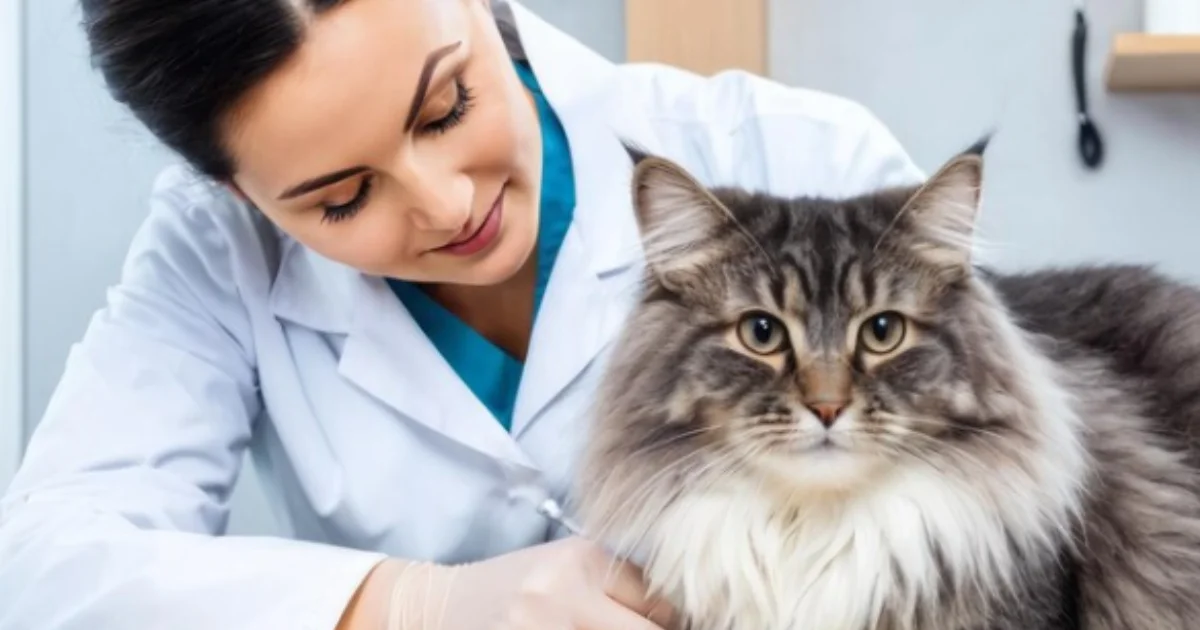What is the downside of having cats as pets?
Cats are beloved pets for many people around the world. They’re often seen as low-maintenance, independent companions who bring joy and comfort. However, as with any pet, there are downsides to consider before bringing a cat into your home. In this guide, we will explore the potential challenges of having cats as pets in 2024, covering various aspects from health issues to behavioral problems.
Understanding the Downsides of Owning Cats
While cats can be wonderful additions to many households, they also come with their own set of challenges. Here’s a comprehensive look at some of the common downsides of having cats as pets.
Health Concerns

Allergies
One of the most common issues associated with cat ownership is allergies. Cat dander, which is tiny, lightweight flakes of skin, can trigger allergic reactions in sensitive individuals. Symptoms can range from mild sneezing and itchy eyes to more severe respiratory issues. Even if you don’t have allergies, visitors to your home might.
Zoonotic Diseases
Cats can carry certain diseases that are transmissible to humans, known as zoonotic diseases. These include toxoplasmosis, cat scratch fever, and ringworm. While the risk is generally low, it’s important to practice good hygiene and regular vet check-ups to minimize potential health risks.
Behavioral Issues
Scratching and Clawing

Cats have a natural instinct to scratch surfaces to keep their claws healthy and sharp. Unfortunately, this can lead to damage to furniture, carpets, and curtains. Although scratching posts can help, not all cats will use them, and this behavior can still be a nuisance.
Litter Box Problems
Maintaining a litter box is crucial for cat hygiene, but it can be challenging. Some cats might refuse to use the litter box, leading to accidents around the house. Additionally, litter box maintenance involves regular cleaning to avoid unpleasant odors, which can be a hassle for some pet owners.
Financial Considerations

Veterinary Costs
The cost of veterinary care can be significant. Regular check-ups, vaccinations, and potential emergency treatments can add up. While cats are generally considered low-maintenance compared to dogs, they are not immune to health issues that require costly treatments.
Food and Supplies
Cats require a balanced diet to stay healthy, and high-quality cat food can be expensive. Additionally, there are other ongoing costs like litter, toys, grooming supplies, and occasional boarding fees if you travel.
Impact on the Home Environment

Shedding and Fur
Cats shed fur regularly, which can lead to a constant need for cleaning. Cat hair can accumulate on furniture, clothing, and floors, which might be a problem for people with allergies or those who prefer a clean home.
Territorial Marking
Some cats engage in marking behaviors, which can include spraying urine to establish their territory. This is more common in unspayed males but can also occur in females and neutered cats. It can lead to unpleasant odors and potential damage to your home.
Social and Lifestyle Considerations

Time Commitment
Although cats are more independent than some other pets, they still require attention and care. You need to spend time playing with them, grooming, and ensuring their well-being. For people with busy schedules, this can be a significant commitment.
Compatibility with Other Pets
Cats may not always get along with other pets, such as dogs or other cats. Introducing a new cat into a home with existing pets can sometimes lead to conflicts and stress. It’s important to carefully manage introductions and monitor interactions to ensure harmony.
Environmental Concerns
Impact on Wildlife

Waste Management
Litter boxes require regular cleaning, and disposing of cat litter properly can be an environmental concern. Many traditional litters are made from non-biodegradable materials, which can contribute to landfill waste.
Conclusion
While cats can be wonderful pets, it’s important to consider the potential downsides before making the decision to adopt one. From health concerns and behavioral issues to financial and environmental impacts, there are several factors to weigh. By understanding these challenges, you can make a more informed decision and ensure that both you and your feline friend have a happy and healthy relationship.
If you’re ready to embrace the joys and responsibilities of cat ownership, addressing these downsides proactively can help you create a positive environment for your new pet. For those who are still unsure, it may be helpful to spend time with cats at a local shelter or with friends who have cats to better understand what to expect.
FAQs:
What are the main health concerns associated with having cats as pets?
The main health concerns with having cats as pets include allergies and zoonotic diseases. Cat dander, which consists of tiny flakes of skin, can trigger allergies in sensitive individuals, leading to symptoms like sneezing and itchy eyes. Additionally, cats can carry zoonotic diseases, which are diseases transmissible to humans, such as toxoplasmosis, cat scratch fever, and ringworm. Regular vet check-ups and good hygiene practices can help minimize these health risks.
How can cat scratching and clawing affect my home?
Cats have a natural instinct to scratch surfaces to maintain their claws and mark their territory. This behavior can lead to damage to furniture, carpets, and curtains. While scratching posts and cat trees can help redirect this behavior, not all cats will use them consistently. Without proper scratching alternatives, you might face issues with worn-out furniture and damaged household items.
What are the financial costs associated with owning a cat?
Owning a cat involves several financial commitments. Regular veterinary care, including check-ups, vaccinations, and potential emergency treatments, can be costly. Additionally, you’ll need to budget for high-quality cat food, litter, toys, and grooming supplies. Unexpected health issues can also lead to significant expenses, so it’s important to be prepared for these financial responsibilities.
What should I know about litter box maintenance and its challenges?
Maintaining a litter box is a crucial aspect of cat care but can be challenging. Some cats might refuse to use the litter box, leading to accidents around the house. Regular cleaning is essential to prevent unpleasant odors and maintain hygiene. This can be time-consuming and requires commitment to ensure the litter box is always clean and in good condition for your cat.
How do cats impact the environment and wildlife?
Cats can have a negative impact on local wildlife as they are natural hunters and may catch birds, small mammals, and insects. This hunting behavior can disrupt local ecosystems and contribute to the decline of some wildlife populations. To mitigate this, it’s advisable to keep cats indoors or in enclosed outdoor spaces, which helps protect both your cat and local wildlife.
You May Like :
CrossFit Quarterfinals Workouts 2024 Impressive Tips and Strategies
24.3 CrossFit Workout Breakdown A Complete Guide
Top 276 Game-Changing Tennis Team Names for 2024
209 Best Softball Team Names Trending in 2024
Blended family problems and its solutions: 5 easy steps
Common Family Problems and How to Solve Them


2 thoughts on “A Comprehensive Guide On What is the downside of having cats as pets In 2024”